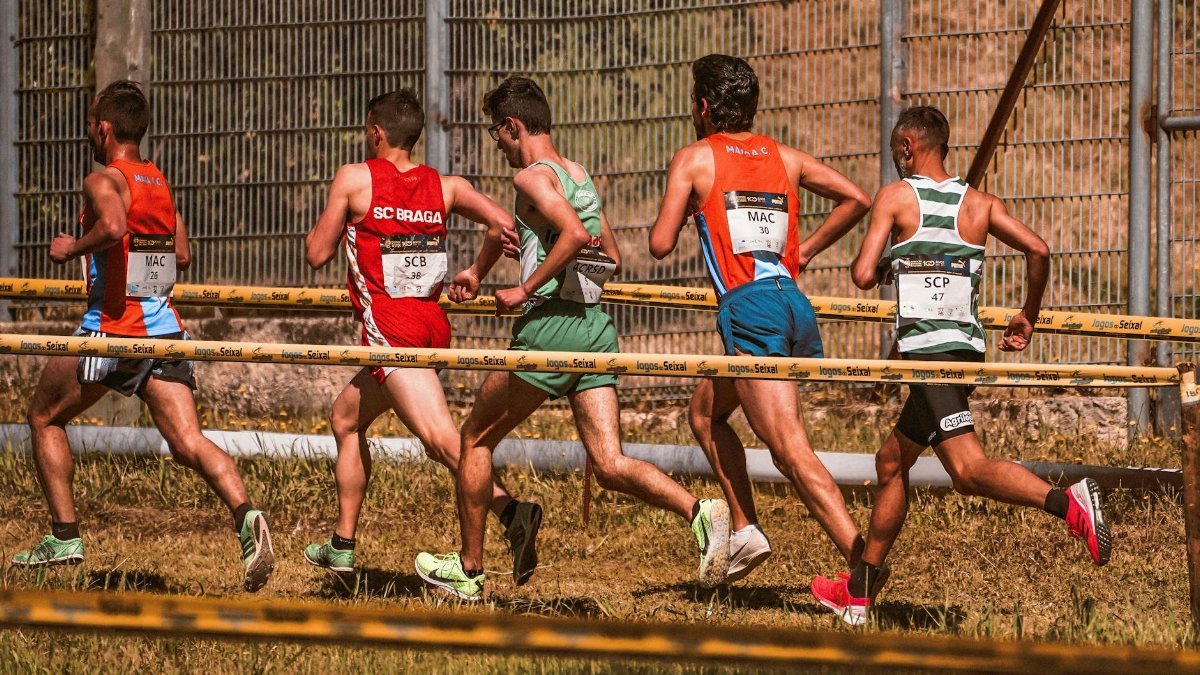Imagine a runner, mid-marathon, sweat-soaked and determined, reaching for a water bottle only to realize it’s nearly empty. The cramps set in, the pace slows, and a hard-earned goal slips away. This scene plays out far too often among endurance athletes, where hydration mistakes endurance runners and cyclists make can turn grit into grueling defeat. It’s not just about drinking water—it’s about timing, balance, and understanding the body’s needs under stress. For many, the difference between a personal best and a painful DNF (did not finish) hinges on avoiding subtle, often overlooked errors. With races growing longer and conditions harsher, getting hydration right has never been more critical. This article uncovers 12 common missteps that sabotage performance, drawing on science, real-world experiences, and expert insights to help athletes stay strong from start to finish.
1. Underestimating Pre-Race Hydration
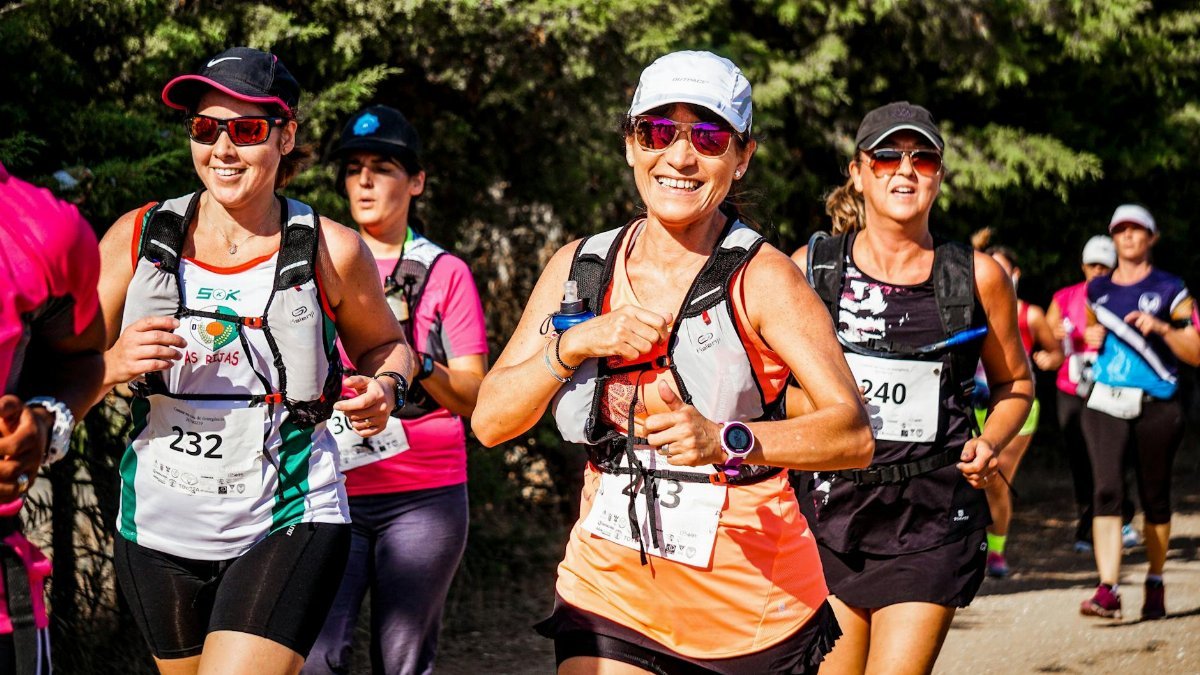
Long before the starting gun fires, hydration begins. Many endurance athletes show up to events already behind, having neglected the days leading up to the race. Dehydration doesn’t start on mile 10—it can start 48 hours earlier. A study from the American College of Sports Medicine highlights that even mild dehydration before exercise impairs performance, reducing endurance by up to 10%. Yet, countless runners and cyclists focus only on race-day sipping, ignoring the slow build of fluid reserves.
Think of pre-race hydration as laying a foundation. Without it, the body’s already playing catch-up. One triathlete, after a disappointing finish, recalled feeling sluggish from the start, later realizing they’d barely drunk enough the day before. Starting hydrated means consistent water intake—about 16-20 ounces every few hours in the days prior, adjusted for heat or training. Add a pinch of salt to meals to retain fluids. It’s mundane, but it’s a game-changer.
2. Overloading on Water Right Before the Start
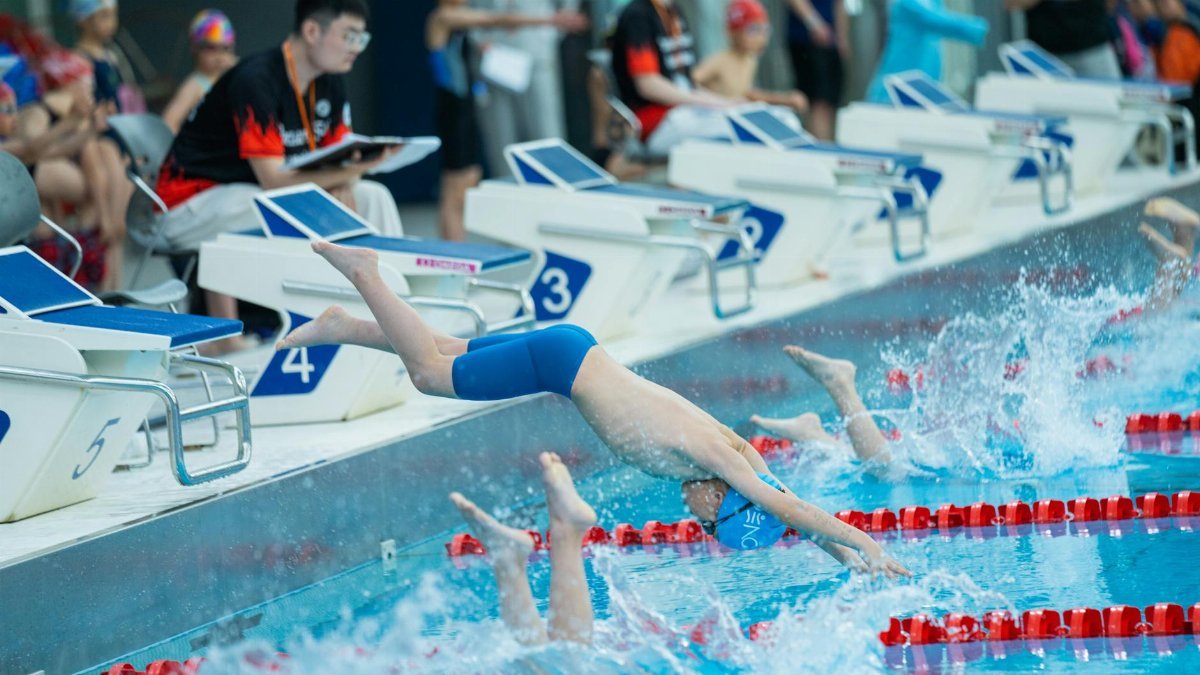
Some athletes, aware of past hydration mistakes endurance events exposed, swing too far the other way. They chug liters in the hour before a race, thinking it’ll stockpile reserves. Instead, they’re left bloated, sloshing, and sprinting for a porta-potty mid-course. The body can only absorb so much fluid at once—roughly 16-32 ounces per hour, depending on size and conditions, per research from the National Institutes of Health ( NIH ).
This overhydration dilutes electrolytes like sodium, risking a dangerous condition called hyponatremia. Balance is key. Sip steadily—about 8-16 ounces 30 minutes before starting—and trust that pre-race preparation covers the rest. One cyclist learned this the hard way during a 100-mile ride, admitting the urge to “tank up” left them distracted by discomfort for the first 20 miles.
3. Ignoring Electrolyte Balance

Water alone isn’t enough. Sweat doesn’t just drain fluids; it strips sodium, potassium, and magnesium—crucial for muscle function and energy. A common hydration mistake endurance athletes make is skipping electrolyte drinks or tablets, leading to cramps or sudden fatigue. Research from the Journal of Athletic Training shows that sodium loss during long events can impair nerve signals, slowing reaction times ( Journal of Athletic Training ).
During a grueling ultramarathon, one runner noticed their legs seizing up despite drinking plenty. A quick switch to an electrolyte mix turned things around. The lesson? For events over an hour, especially in heat, aim for 200-400 mg of sodium per liter of fluid. Test brands during training—some taste better or sit lighter on the stomach.
4. Waiting Until Thirst Kicks In
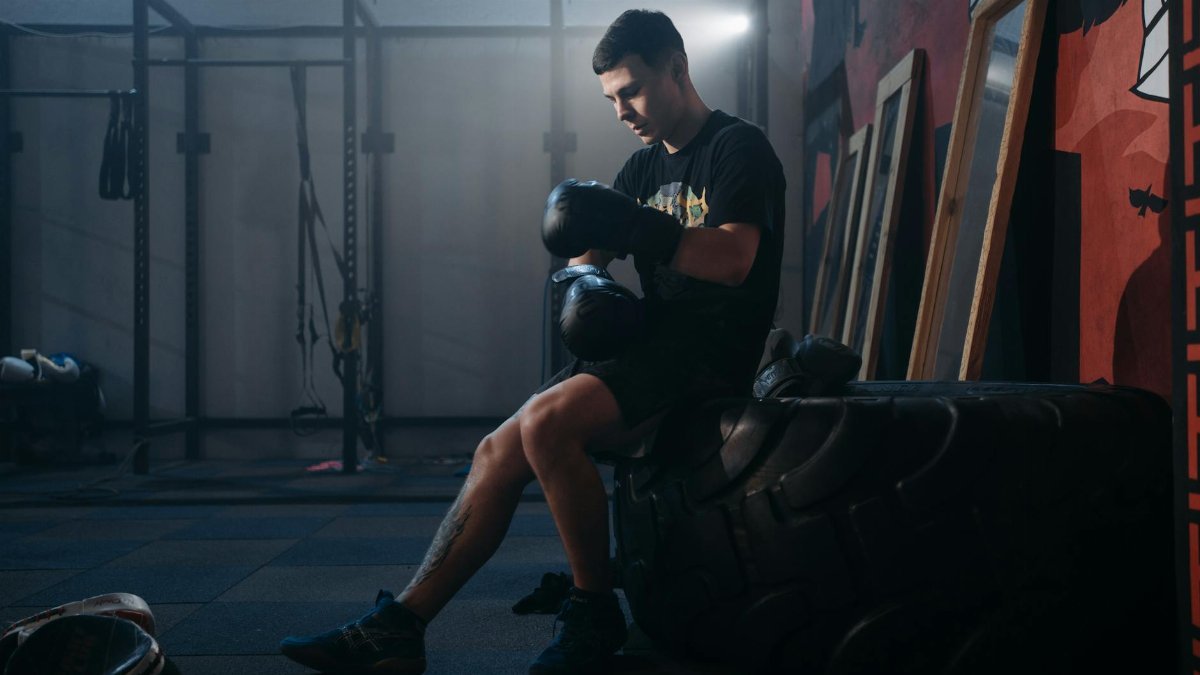
Thirst is a lagging indicator. By the time an athlete feels parched, dehydration may already be sapping strength—sometimes by 2-3% of body weight in fluid loss, enough to cut performance significantly, according to the Mayo Clinic ( Mayo Clinic ). Waiting for that dry mouth means reacting, not preventing.
Endurance events demand a proactive plan. Set reminders or use aid station cues to drink small amounts—4-8 ounces—every 15-20 minutes, even if the urge isn’t there. A marathoner once shared how ignoring early sips led to a wall at mile 18, a wall that scheduled drinking could’ve delayed. Adjust based on sweat rate, but don’t rely on instinct alone.
5. Misjudging Sweat Loss in Cool Weather

Cold or cloudy days trick athletes into thinking they’re not losing much fluid. Wrong. Sweat still happens, just less noticeably. A study by the University of Connecticut found that dehydration risks persist in cooler conditions because athletes underestimate needs and layer up, increasing sweat under clothing ( UConn Korey Stringer Institute ).
During a late-fall 50K trail race, one runner assumed the chill meant minimal hydration. By the end, dizziness set in—a classic sign of under-drinking. The fix? Stick to a hydration schedule regardless of temperature. Check urine color mid-race if possible; pale yellow signals good hydration, dark amber screams deficit. Weather’s deceptive—don’t let it fool you.
6. Over-Relying on Aid Stations

Race aid stations seem like a safety net, but they’re often crowded, spaced unevenly, or out of preferred drinks. Counting on them exclusively is a hydration mistake endurance racers repeat too often. A missed station or spilled cup can derail a race plan fast, leaving athletes scrambling.
Carry personal fluids—bottles, hydration packs, or gels with water content—for at least the first half of long events. One half-marathoner recalled panicking when a station ran dry, forcing a slower pace to conserve energy. Train with your gear to avoid surprises; a heavy pack or awkward bottle can throw off rhythm. Aid stations supplement, not save.
7. Drinking Too Fast During Stops

Gulping down a full cup in seconds at an aid station feels efficient, but it shocks the stomach. Fluid absorption slows, leading to nausea or side stitches. The body processes water best in small, steady doses, not floods.
Take quick sips—2-4 ounces at a time—and walk a few steps if needed to let it settle. A cyclist in a century ride admitted downing 20 ounces at once, only to feel queasy for miles. Slow intake prevents that. If a station’s chaotic, grab two cups and sip over a minute. It’s less dramatic, but far kinder to your gut.
8. Neglecting Post-Training Recovery Fluids
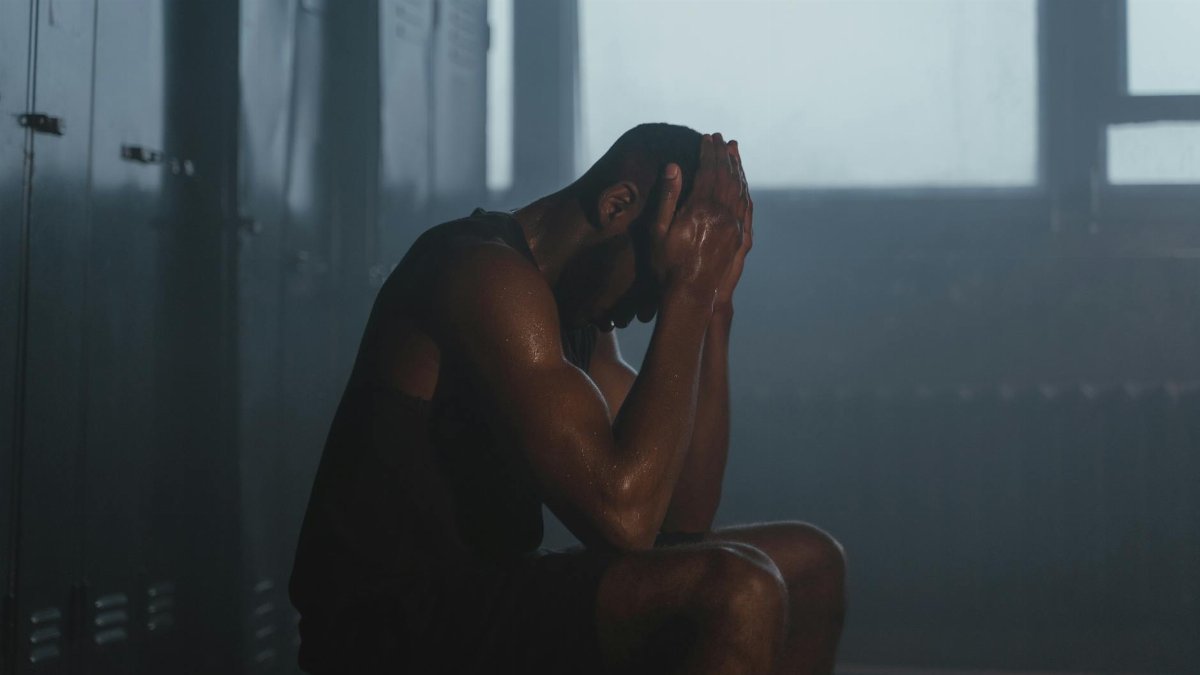
Hydration doesn’t end at the finish line. After long sessions or races, the body remains in deficit, needing fluids and electrolytes to repair muscle and restore balance. Skipping this delays recovery, risking injury or sluggishness in future workouts.
Aim for 16-24 ounces of fluid per pound of body weight lost during exercise within two hours post-event, ideally with sodium and carbs. One runner, after skipping this step, felt stiff for days—a preventable ache. Chocolate milk, with its protein-fluid mix, works surprisingly well. Recovery isn’t just rest; it’s refueling.
9. Using Unfamiliar Drinks on Race Day

Race-day experiments are a gamble. A new sports drink or gel, untested in training, can upset the stomach or taste awful, derailing focus. Stick to what’s proven in long runs or rides—same brand, same flavor, same mix.
One triathlete tried a free sample at an expo, only to battle nausea mid-swim. The mantra “nothing new on race day” applies to hydration too. Test products weeks out, noting how they feel after hours of effort. Familiarity breeds confidence when fatigue hits hard.
10. Forgetting to Adjust for Altitude
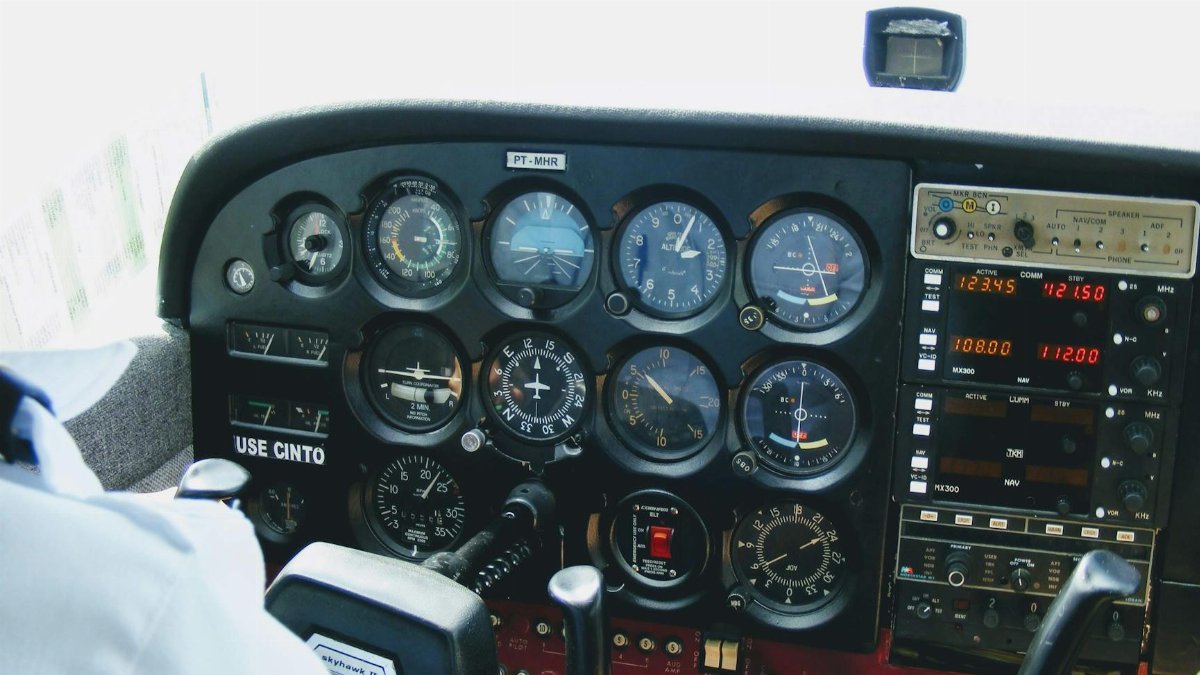
High-altitude races or training dry out the body faster. Lower humidity and thinner air increase respiratory water loss, yet many athletes follow sea-level hydration plans. Dehydration creeps in unnoticed until performance tanks.
Increase fluid intake by 25-50% at elevation, and start hydrating days before arrival. A trail runner at a Colorado ultra learned this after headaches slowed them down. Acclimate if possible, and pack extra water—aid stations may not suffice. Altitude isn’t just harder on lungs; it’s thirstier too.
11. Misreading Body Signals for Fatigue

Dehydration mimics exhaustion. Heavy legs, foggy focus, irritability—athletes often blame training load, not fluid loss. Recognizing the difference can save a race or session from unraveling.
Monitor subtle signs: dry lips, headache, or a heart rate that won’t settle. Sip before assuming it’s just tiredness. A cyclist once pushed through “fatigue,” only to collapse from dehydration. Trust data over grit sometimes—hydration logs or wearable tech can flag deficits early. Listen closer; the body whispers before it screams.
12. Skipping Personalized Hydration Plans

No two athletes sweat alike. A generic “drink every 15 minutes” rule ignores body weight, sweat rate, and climate. Without tailoring, hydration mistakes endurance athletes face compound—some overdrink, others dry out.
Calculate personal needs in training: weigh before and after long efforts to gauge fluid loss (1 pound = 16 ounces to replace). Adjust for heat or intensity. One runner found they needed 30 ounces hourly in summer, half that in spring. Apps or coaches can refine this. Personalization isn’t luxury; it’s survival in 2025’s grueling race scene.

As an education professional with a background in Biology and Physics, Dr. Christoph Weber is the analytical heart of Fulfilled Humans. He ensures every piece of content is insightful and grounded in credible knowledge.
Disclaimer
The content on this post is for informational purposes only. It is not intended as a substitute for professional health or financial advice. Always seek the guidance of a qualified professional with any questions you may have regarding your health or finances. All information is provided by FulfilledHumans.com (a brand of EgoEase LLC) and is not guaranteed to be complete, accurate, or reliable.
